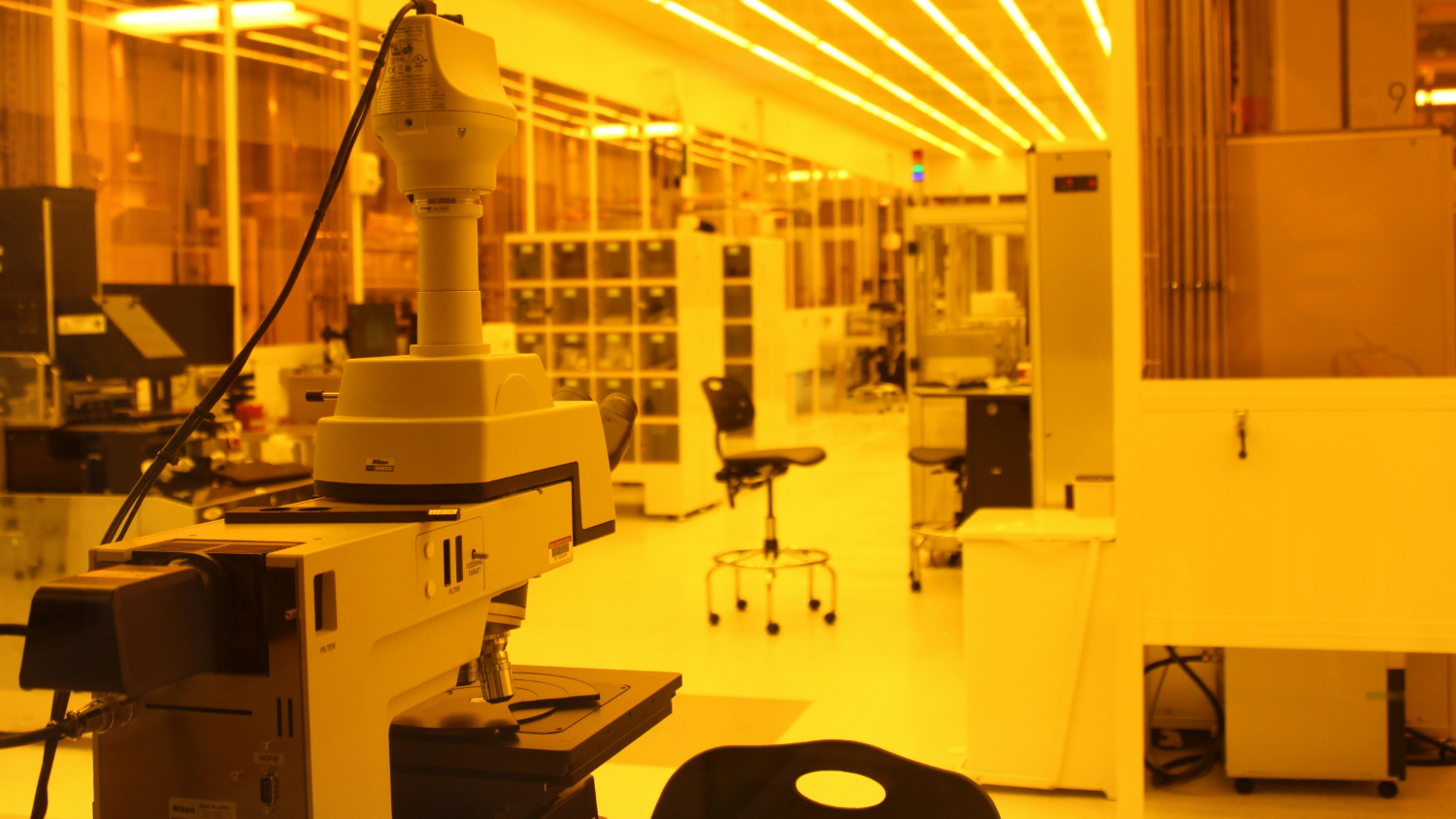Cadmium Shielding in Nuclear Science: Enhancing Safety, Accuracy, and Control
.png?width=50)
Effective radiation shielding is fundamental to the safety and accuracy of nuclear measurement systems and the accurate measurement of radioactive isotopes is essential for both regulatory compliance and operational efficiency.
Non-destructive assay (NDA) systems play a crucial role in this process, allowing for the measurement and monitoring of radioactive materials without altering their composition.
One key material that enhances the performance of these systems is Cadmium.
Why Cadmium? The science behind its shielding properties
Cadmium is a transition metal with exceptional neutron absorption capabilities, making it an invaluable material in nuclear applications.
A transition metal is an element found in the d-block of the periodic table, which means it has partially filled d orbitals in at least one of its oxidation states. These metals are known for their unique chemical and physical properties.
Cadmium (Cd) is in Group 12 of the periodic table, alongside zinc (Zn) and mercury (Hg). While it is sometimes debated whether Group 12 elements should be considered true transition metals (because they don’t always follow the typical rules of transition metals, such as having an incomplete d-orbital), cadmium is often classified as one due to its ability to form complexes with ligands and exhibit metallic bonding characteristics.
Its ability to absorb thermal neutrons without generating secondary radiation makes it particularly effective in shielding and filtering applications. These properties are especially beneficial in high-precision measurement systems used in nuclear safeguards, waste management, and isotopic analysis.
Cadmium in nuclear measurement and shielding applications
Cadmium is commonly used in nuclear measurements and various applications in the nuclear industry due to its ability to absorb thermal neutrons.
This property arises from its exceptionally high neutron absorption cross-section, which allows it to capture low-energy neutrons via the (n,γ) capture reaction, making it an essential material for radiation shielding and measurement accuracy. Some of its key applications include:
- Selective filtering in radiation detection – Cadmium filters help reduce interference from unwanted radiation, enhancing the accuracy of isotopic and spectrometric analysis.
- Neutron absorption for improved measurement precision – Its high neutron absorption cross-section prevents unwanted neutron interactions, ensuring clear and reliable measurement results.
- Shielding in Non-Destructive Assay (NDA) systems – Used in high-accuracy nuclear measurement devices, cadmium plays a vital role in ensuring that radiation readings remain accurate and free from external interference.
- Nuclear waste assay and safeguards monitoring – Cadmium is used in systems that monitor and measure radioactive waste, ensuring compliance with strict safety regulations.
- Reactor control and radiation shielding – Found in control rods and neutron shields, cadmium helps regulate neutron flux in nuclear reactors and enhances safety in radiation-sensitive environments. Cadmium absorbs the slow-moving neutrons very easily, therefore, they control the rate of fission. Control rods increase the rate of reaction when they are pulled, but these rods decrease the rate of reaction when they are pushed.
Safety Considerations
While cadmium is highly effective in nuclear shielding applications, it is also a hazardous material. Cadmium and its compounds are toxic, with potential risks to human health and the environment. It is classified as a human carcinogen.
Exposure to cadmium can lead to respiratory issues, kidney damage, and long-term environmental contamination if not handled properly. Strict safety protocols, including the use of protective equipment and proper disposal methods, must be followed to mitigate these risks and ensure safe usage in industrial and nuclear applications.
You can find details of the possible health hazards of different forms of cadmium, the preventative measures your employer needs to apply and the precautions you should take here.
Cadmium's exceptional neutron absorption properties make it a crucial material in nuclear science, offering reliable shielding and improved measurement precision in critical applications.
Whether in non-destructive assay systems, waste monitoring, or reactor shielding, its role is indispensable in maintaining safety and regulatory compliance. However, due to its toxicity, strict handling and disposal measures must be followed to mitigate environmental and health risks.
For more information about our cadmium products and how they can enhance your nuclear measurement systems, contact us today.
